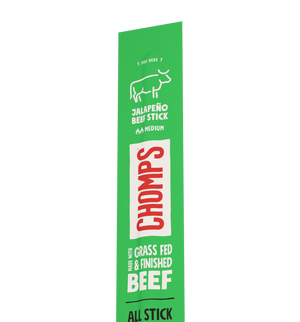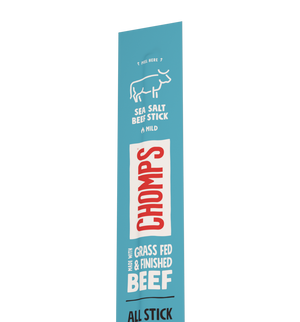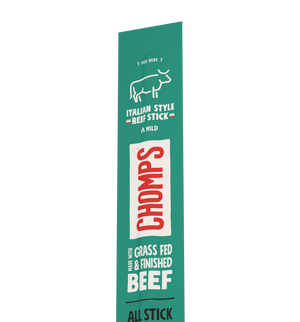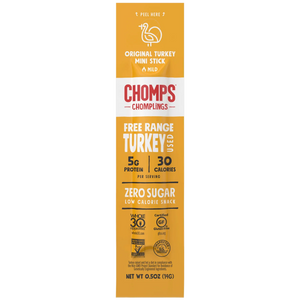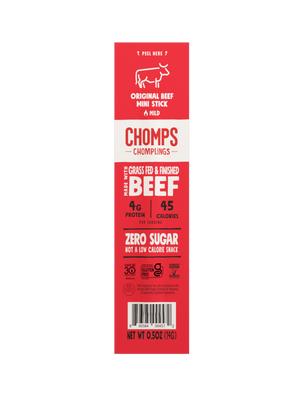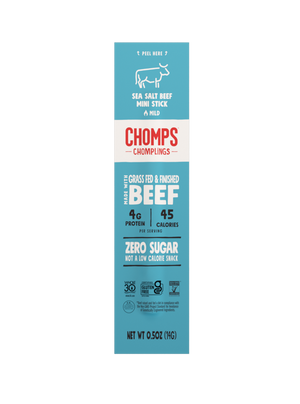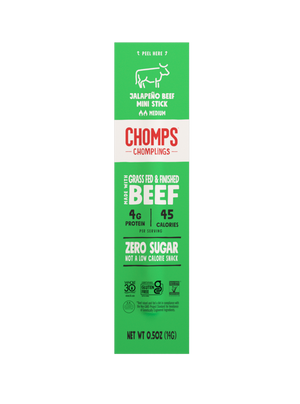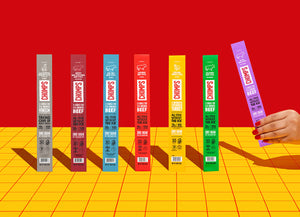Not many diets have had the staying power that the Atkins Diet has had. For over fifty years this wildly popular, low carbohydrate diet has captured the attention of those seeking to shed some weight.
The diet was developed back in the 1970s by cardiologist Robert C. Atkins. He believed that eating too many simple carbohydrates, like white flour and sugar, can lead to blood glucose imbalances, weight gain, and cardiovascular disease.
The Atkins Diet restricts the intake of carbohydrates, which forces your body to burn fat for fuel instead of carbs. This is what leads to significant weight loss and what continues to drive Atkins’ popularity.
When on the Atkins Diet, you’ll follow a 4-phase diet plan where you’ll initially swap out carbs for proteins and fats. Over time, you’ll add specific carbs back into your diet until you find an individualized carbohydrate intake that allows you to maintain a healthy weight.
The Atkins Diet 4-Phase Plan
The Atkins Diet includes 4 phases: the induction phase, the balancing phase, the fine-tuning phase, and the maintenance phase.
In the first phase, or induction phase, you’ll eliminate almost all carbohydrates from your diet, with the exception of 20 grams.
Your allotted 20 grams of carbs per day will come mainly from vegetables like leafy greens, asparagus, broccoli, celery, cucumbers, and peppers.
During this phase, your meals will contain plenty of protein in the form of poultry, meat, fish, shellfish, eggs, in addition to fats like butter and oils. The induction phase will last approximately two weeks.
During the second phase, or balancing phase, you’ll continue with a low carb eating plan but you’ll slowly introduce some more low carb veggies, berries, and nuts into your diet. This phase will continue until you’re roughly 10 pounds from your goal weight.
In phase 3, or the fine-tuning phase, you can gradually increase your intake of carbohydrates including starchy vegetables, fruit, and whole grains. You’ll be able to add approximately 10 grams of healthy carbohydrates to your diet every week until you reach your goal weight.
Once you reach your goal weight you’ll be in phase 4, or the maintenance phase. In this phase you can eat a variety of healthy carbohydrates. However, if you notice you’re gaining weight, you may need to cut back on the amount of carbs you’re eating to help maintain your goal weight.
Atkins Diet Benefits
Many people follow the Atkins Diet in hopes of shedding unwanted pounds. Additional benefits may include reducing your risk of cardiovascular disease and improving blood sugar control.
One study from the Journal of the American Medical Association compared the Atkins Diet, the Ornish diet, the Zone diet, and the LEARN diet. Researchers found that participants following the Atkins Diet lost the most weight compared to the other diet groups.
Furthermore, the Atkins group had the greatest improvements in blood pressure, HDL (good) cholesterol levels, and triglyceride levels.
One 2019 study found that following a low carbohydrate diet can help people with type 2 diabetes reduce their body weight and help improve their blood sugar control.
Side Effects of the Atkins Diet
While the Atkins Diet may help you lose weight, it also comes with some drawbacks.
When you drastically restrict your carbohydrate intake, your body burns fat for fuel rather than carbs. This transition can come with side effects including:
- Headaches
- Fatigue
- Dizziness
- Constipation
- Nausea
- Irritability
Due to the restrictive nature of the Atkins Diet, it can also be difficult to follow long term.
One recent systematic review which included over 120 studies comparing a variety of popular diets found that the Atkins Diet promoted the highest average weight loss among the diets.
However, at one year, overall weight loss was diminished for the Atkins Diet in addition to all of the other diets included in the study.
Foods to Eat

When following the Atkins Diet, your meals should be based around the following foods:
- Proteins: Beef, pork, lamb, chicken, bacon, salmon, tuna, trout, eggs.
- Low-carb vegetables: spinach, kale, broccoli, cauliflower, asparagus, bell peppers, mushrooms, and cucumbers.
- Full-fat dairy: Butter, cheese, cream, and full-fat yogurt.
- Nuts and seeds: Almonds, pecans, macadamia nuts, walnuts, chia seeds, flax seeds, and sunflower seeds.
- Healthy fats: Olive oil, coconut oil, avocados, and avocado oil.
Foods to Avoid or Limit
During the early phases of the Atkins Diet, you’ll want to avoid the foods below. However, some of these are permitted during the less restrictive phases of the diet.
- Sugar: Sodas, fruit juices, candy, cookies, cakes, pies, and similar items.
- Grains: Breads, pasta, rice, cereal, and crackers.
- High-carb vegetables: Carrots, beets, turnips, green peas, corn, butternut squash, potatoes, and sweet potatoes.
- High-carb fruits: Bananas, pineapple, papaya, mangos, pears, and grapes.
- Legumes: Lentils, beans, and chickpeas.
The Atkins Diet is a popular carb-restricted diet that has been around for a long time. While it can help you lose weight initially, it’s not always sustainable and the diet itself can be challenging to follow.


